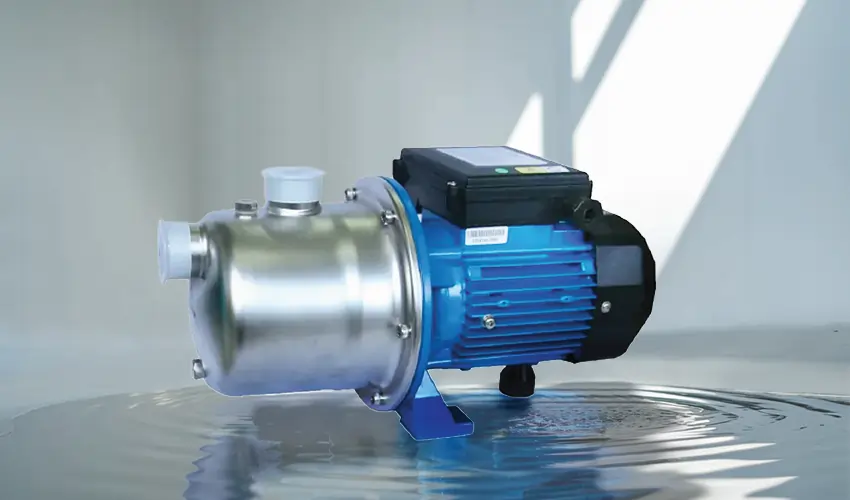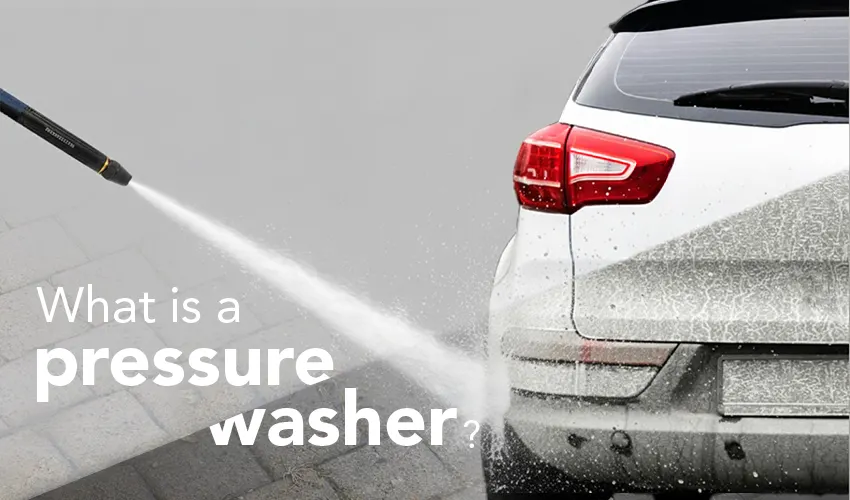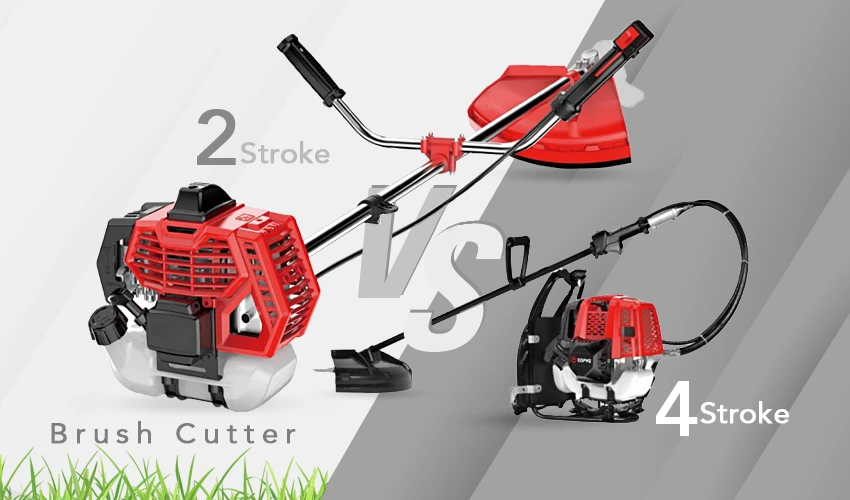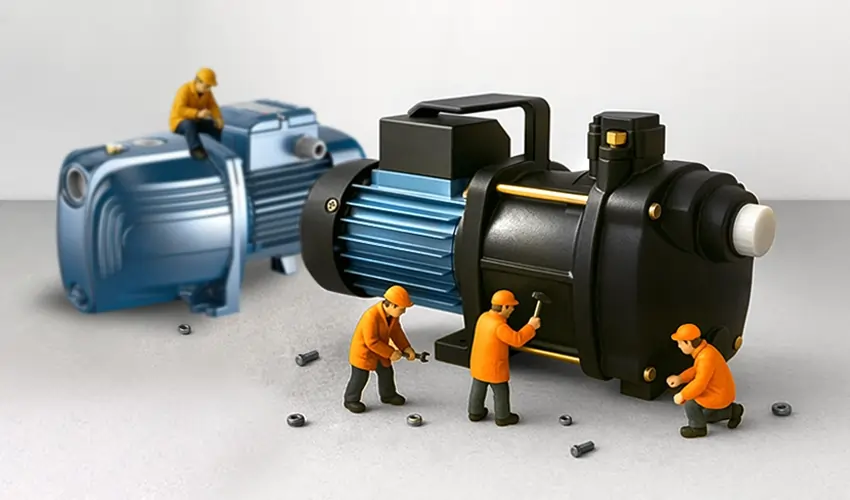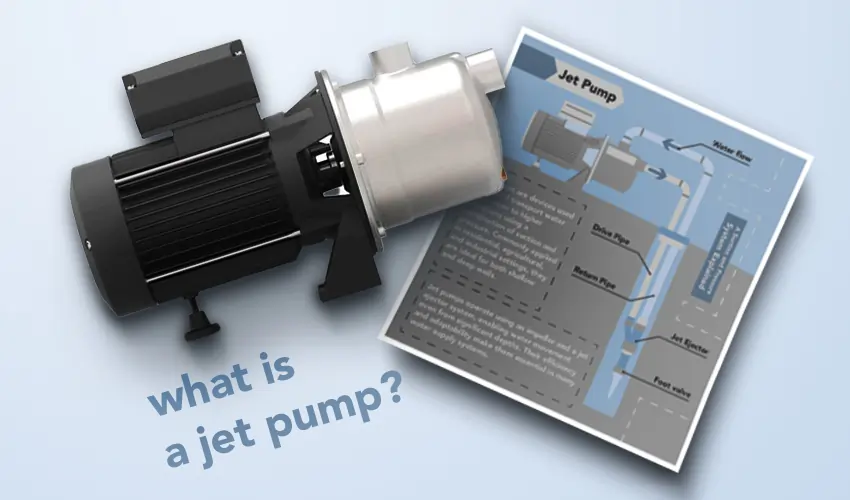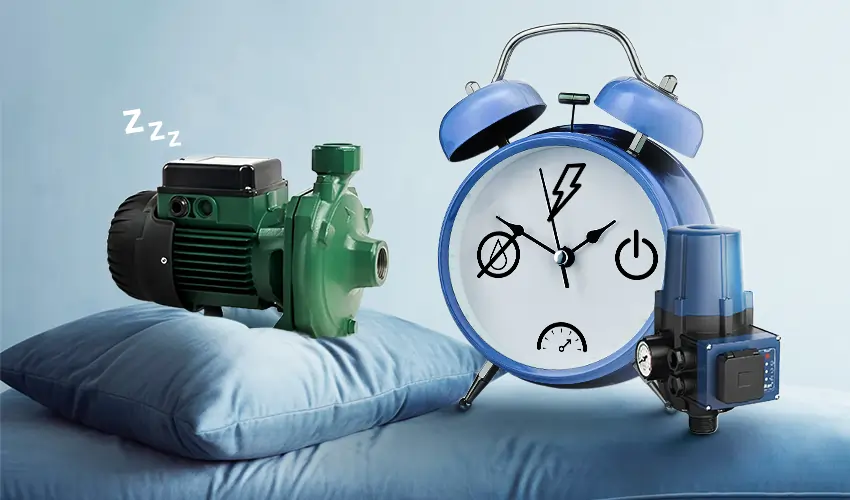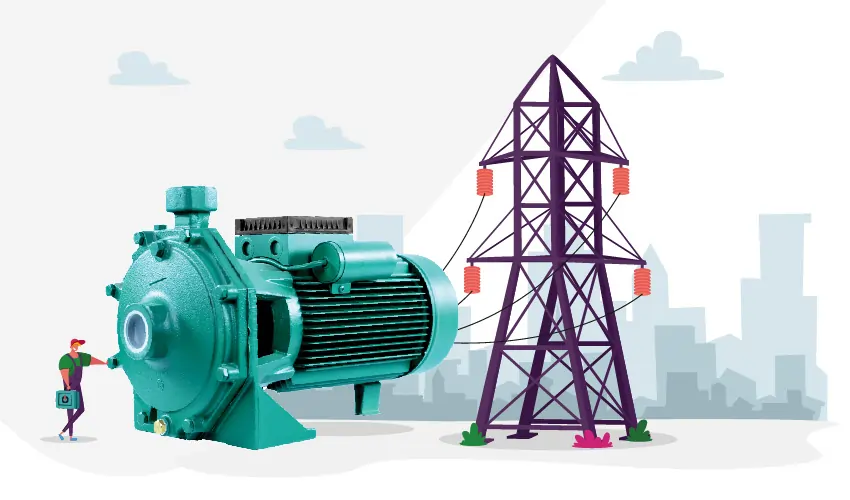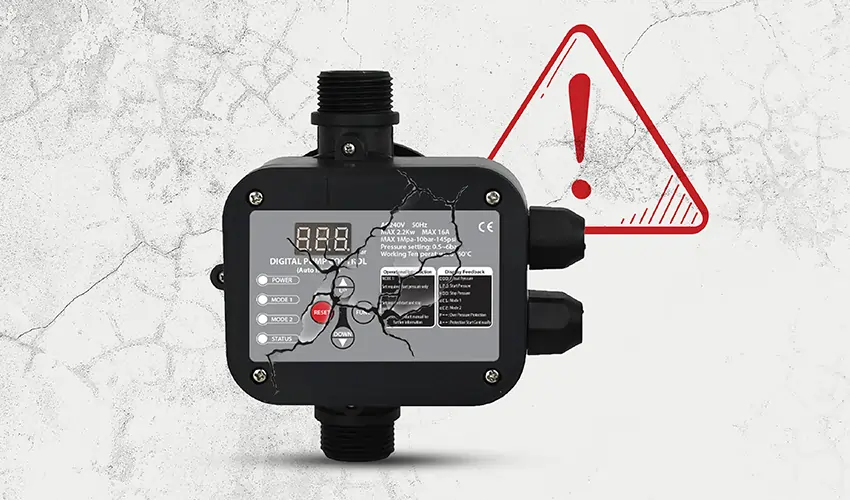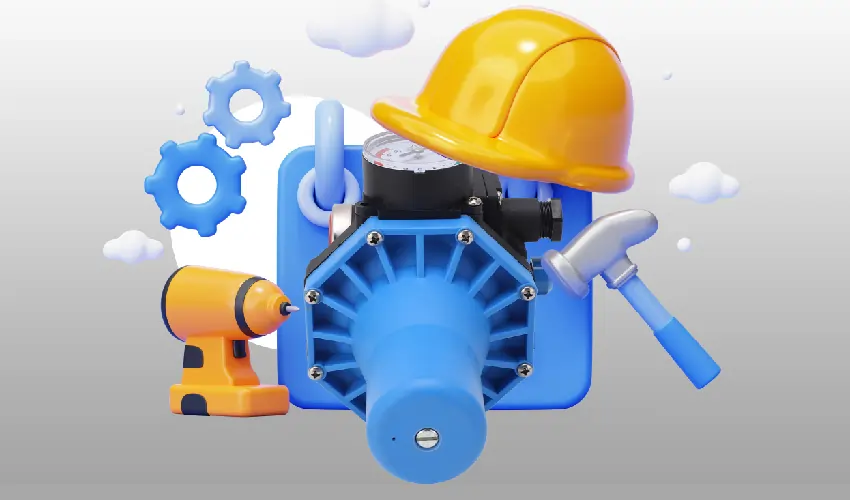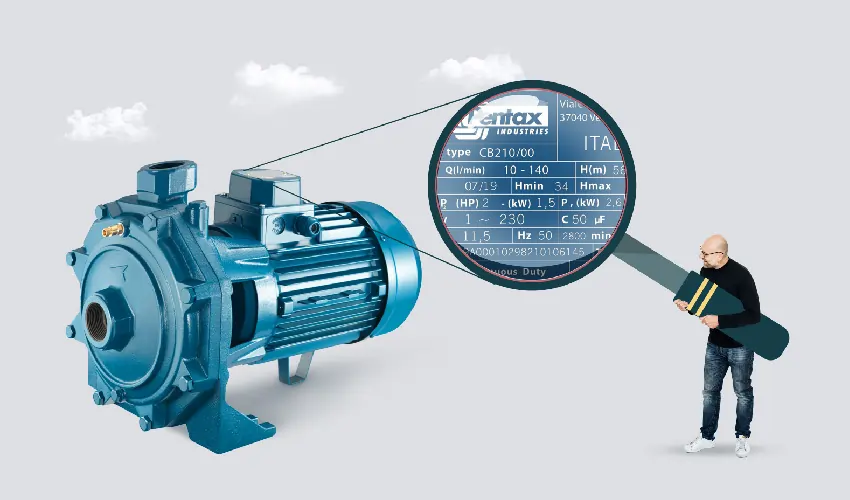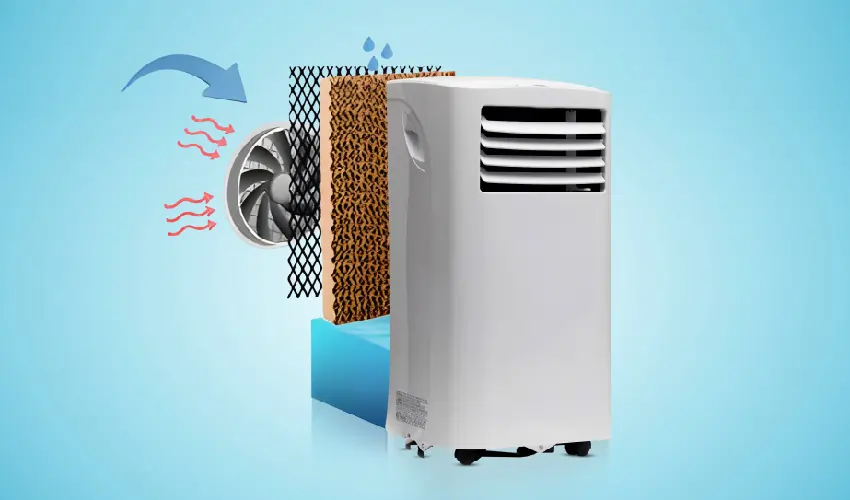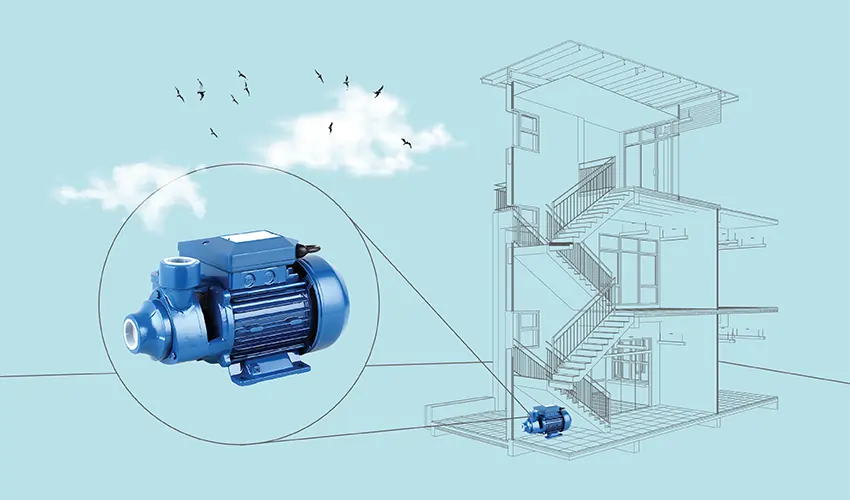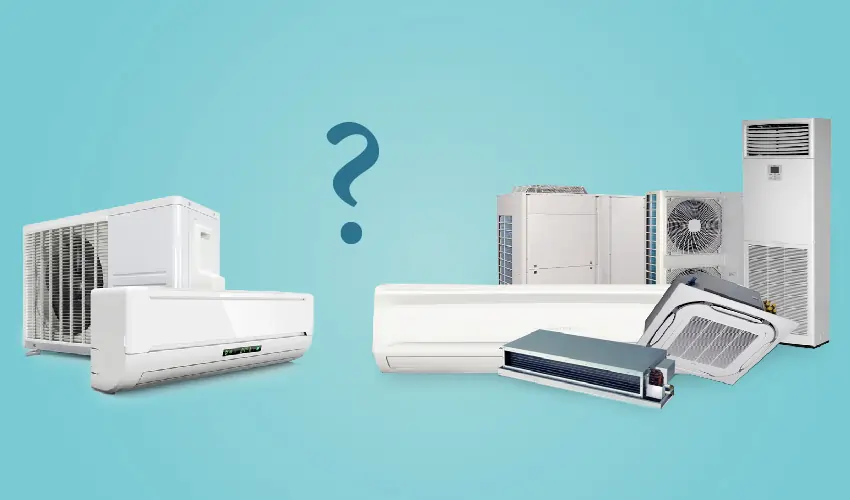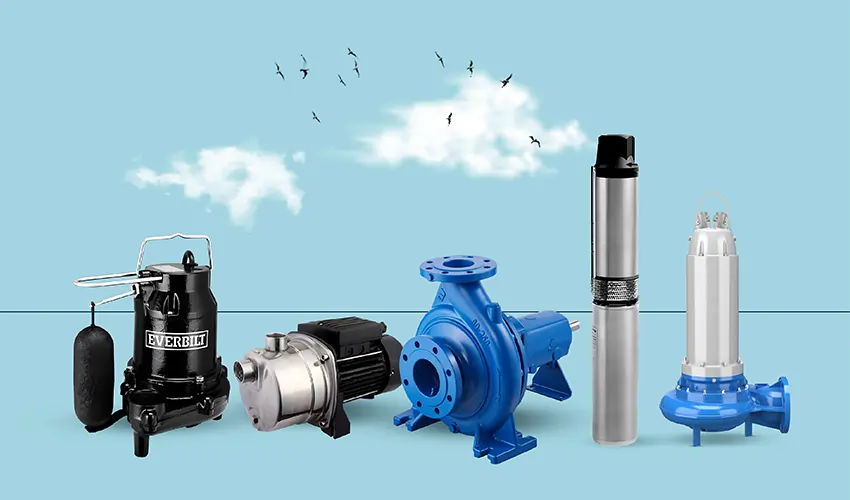Jet Pump Leaking Water
A jet pump is a type of fluid dynamic pump that operates using the principle of fluid entrainment. In its basic form, it consists of a nozzle and a diffuser. When a high-velocity jet of fluid (like water or gas) is expelled through the nozzle, it creates a partial vacuum that draws a secondary fluid into the mixing chamber. This secondary fluid mixes with the primary jet, and the combined fluid exits through the diffuser, where its velocity is converted back into pressure. Jet pumps are commonly used for applications such as drawing water from wells, mixing and pumping in chemical processes, and in aeration systems. They are favored for their simplicity, lack of moving parts, and ability to pump fluids laden with solids.
“Jet pump leaking water” often signifies underlying issues with the pump’s structure or its connections. This leakage can stem from a variety of problems, such as deteriorated seals and gaskets, fractures in the pump housing, or issues with fittings that have either loosened or been damaged. Internal components like the impeller or the nozzle and diffuser assembly may also contribute to these leaks. The impact of such water leakage is significant, as it can compromise the pump’s efficiency and its ability to generate the necessary pressure, which might lead to an insufficient water supply or escalate operational expenses. To mitigate these issues, it is crucial to conduct regular maintenance and undertake prompt repairs, ensuring the jet pump operates effectively and reliably. This article delves into the common concerns associated with a jet pump leaking water, highlighting the importance of maintenance in preventing and addressing these leaks.
When Does Jet Pump Started to Leaking?
Jet pump leaking water starts due to a variety of reasons, often related to the wear and tear of the pump’s components or improper installation and maintenance. The timing of when a jet pump starts to leak can vary based on several factors. By understanding these factors, users and maintenance teams can take proactive steps to prevent leaks in jet pumps, such as adhering to a regular maintenance schedule, ensuring proper installation, and using the pump within its operational limits. Detecting and addressing issues early can also prevent minor leaks from developing into major failures.
1. Age and Usage: Over time, the constant stress and strain on the pump’s components, especially in high-usage scenarios, can lead to material fatigue. Seals and gaskets can become brittle and crack, leading to leaks. The aging of materials is a common cause, and older pumps are more prone to such issues.
2. Poor Maintenance: Regular maintenance is key to the longevity of a jet pump. Neglect in this area can lead to the accumulation of debris, corrosion, or the degradation of parts, all of which can eventually cause leaks. Pumps that are not regularly inspected and maintained are likely to develop leaks sooner.
3. Incorrect Installation: If a jet pump is not installed correctly, it can lead to jet pump dripping. Improper alignment or tightening of parts can create pressure points that eventually give way, resulting in leaks. This can happen soon after installation if the errors are significant.
4. Quality of Water and Chemical Exposure: The type of fluid being pumped can also affect the pump’s longevity. Water with high mineral content, for instance, can lead to the build-up of deposits and corrosion, weakening the pump structure. Similarly, exposure to harsh chemicals can degrade certain materials used in the pump, leading to jet pump seepage.
5. Operational Issues: Operational problems such as running the pump dry, cavitation, or operating it beyond its designed capacity can cause rapid wear and tear. These operational stresses can lead to jet pump weeping.
6. Environmental Factors: External factors like temperature fluctuations and exposure to harsh environmental conditions can also contribute to the deterioration of pump components. For example, extreme cold can cause materials to contract and crack, leading to leaks.
What Causes Jet Pump Leaking?
The causes of a jet pump leaking can vary, and understanding these unique factors can help in diagnosing and fixing the issue effectively. Each of these causes contributes to jet pump leaks in different ways, and understanding the specific cause is crucial for effective repair and prevention. Regular inspections and maintenance, along with using the pump within its specified operational parameters, can help mitigate many of these issues.
1. Dynamic Seal Failure: Jet pumps often use dynamic seals in parts where movement occurs, such as shafts. These seals can fail due to wear, improper lubrication, or misalignment, leading to leaks.
2. Vibration-Induced Damage: Excessive vibration, often caused by an imbalance in the pump mechanism or improper installation, can lead to micro-cracks or loosening of components, resulting in leaks.
3. Thermal Expansion and Contraction: Fluctuations in temperature can cause materials to expand and contract, potentially leading to gaps or misalignments in the pump structure that result in leaks.
4. Chemical Degradation: If the pump is used to handle chemicals or fluids with aggressive properties, these substances can degrade materials like seals, gaskets, or even the pump housing over time, causing leaks.
5. Manufacturing Defects: In some cases, leaks can be traced back to manufacturing defects such as poor welds, inadequate material quality, or design flaws that compromise the pump’s integrity.
6. Pressure Fluctuations: Sudden or extreme pressure changes within the pump system can cause stress on components, leading to failure and leakage, especially in weaker or worn-out areas.
7. Abrasive Wear: If the pumped fluid contains abrasive particles, they can erode internal components over time, creating pathways for leaks.
8. Corrosion Due to Electrolysis: In some environments, especially where the pump is exposed to different metals and an electrolyte (like salty water), electrolysis can occur, leading to accelerated corrosion and subsequent leaks.
Conclusions
In conclusion, this article has explored the various factors that can lead to a jet pump leaking. From dynamic seal failures, vibration-induced damage, and the effects of thermal expansion and contraction to chemical degradation, manufacturing defects, pressure fluctuations, abrasive wear, and corrosion due to electrolysis, each factor presents a unique challenge in the maintenance and operation of jet pumps. Understanding these causes is crucial for diagnosing, repairing, and ultimately preventing leaks. Regular maintenance, proper installation, and operating the pump within its specified limits are key strategies to prolong the life of the pump and ensure its efficient operation. By addressing these issues proactively, one can minimize downtime, reduce operational costs, and maintain the reliability of the jet pump system. Remember, a well-maintained jet pump is not only more efficient but also safer and more cost-effective in the long run.

